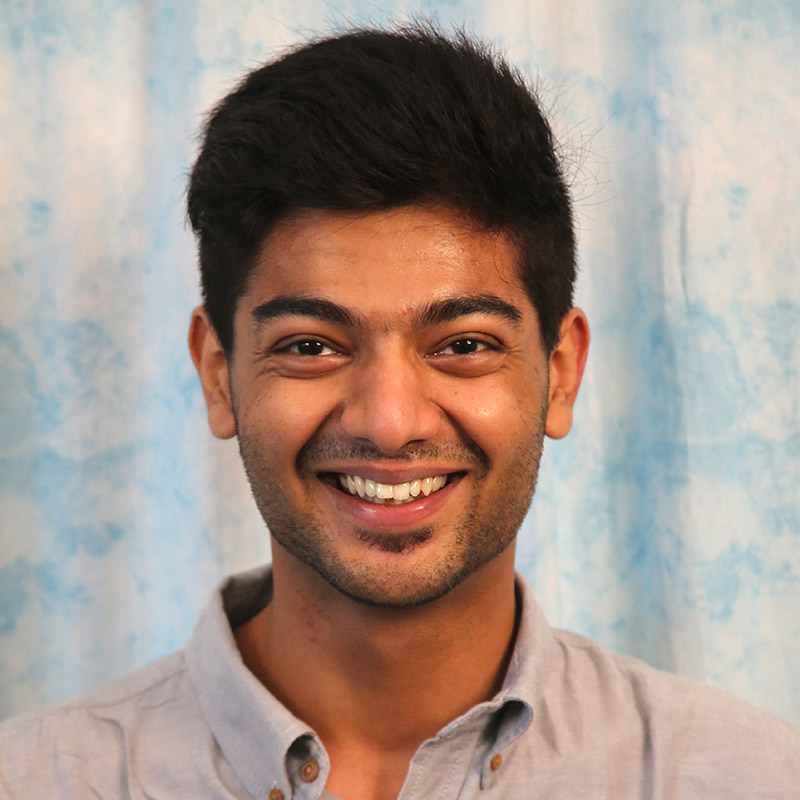
PhD Thesis Proposal
October

Carnegie Mellon University
3:00 pm to 4:00 pm
GHC 4405
Abstract:
Robust robotic flight requires tightly coupled perception and control. Conventional approaches employ a SLAM algorithm to infer the most likely trajectory and then generate an occupancy grid map using dense sensor data for planning purposes. In such approaches all the robustness and accuracy costs are offset to the SLAM algorithm; if there are any errors or uncertainties in the robot poses or incorrectly handled sensor noise within the SLAM algorithm, they are not carried over to the map representation and manifest themselves in blurring out map detail. Further, by virtue of being unimodal maximum likelihood estimates, most such approaches cannot reliably handle multiple hypotheses arising from perceptual aliasing or limited observability in real-world environments.
The proposed work is a real-time dense, probabilistic, and volumetric SLAM algorithm that can incorporate near-field depth and far-field intensity data while providing full posterior marginal occupancies over the map (as opposed to maximum likelihood estimates) and multiple trajectory hypotheses.
We build on prior work in multi-view geometry by introducing MRFMaps, a representation that is much more robust to noise in sensor data than conventional occupancy grids. MRFMaps achieve this by explicitly coupling voxels marched along every camera ray according to their occluding probability using a Markov Random Field (MRF). The main contribution of this work is in utilising this representation to perform inference over occupancies and trajectories. This is possible due to the ability of the data from any camera pose to be added or removed in an ad-hoc fashion whilst performing inference over occupancies.
In this document we present a fast GPU implementation of occupancy inference on a voxel grid using MRFMaps given camera poses and depth images, initial results of the viability of using these maps in a SLAM context, and a proposed roadmap of work leading up to the thesis objective.
Thesis Committee Members:
Nathan Michael, Chair
Martial Hebert
Michael Kaess
Ali Osman Ulusoy, Microsoft HoloLens